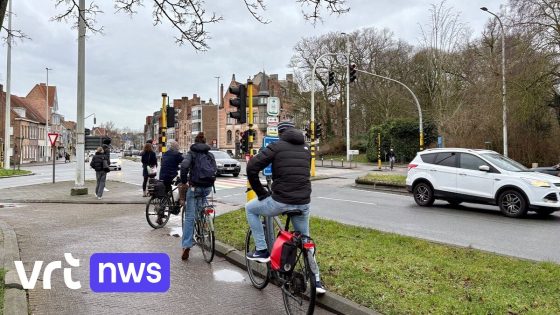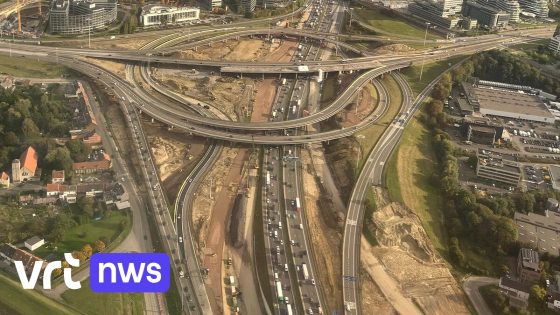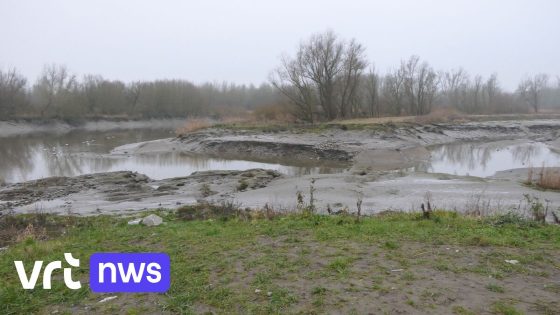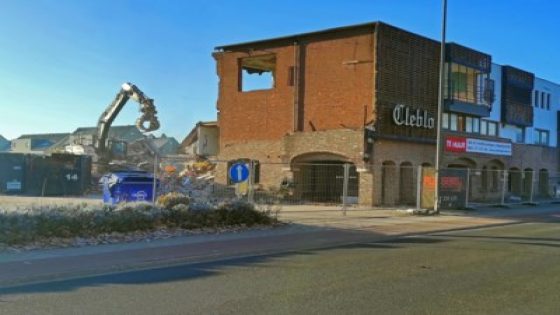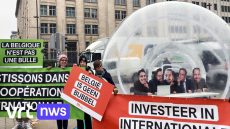Brugge has decided to scrap its ambitious ‘Ramblas’ project, which aimed to create a tunnel under the Zand and transform the Hoefijzerlaan into a green boulevard. On January 26, 2025, Mayor Dirk De fauw announced that technical challenges made the project unfeasible. Could Brugge’s decision impact urban development in other cities?
- Mercedes van Volcem proposed ambitious tunnel plan.
- Tunnel aimed to connect Zand and Bloedput.
- Hoefijzerlaan planned as green boulevard.
- Technical complexities hindered project feasibility.
- Estimated cost of the project: 100 million euros.
Brugge’s Shift from ‘Ramblas’ Project: What It Means for Urban Planning
Why did Brugge abandon such an exciting project? The complexity of constructing a large enough tunnel for heavy traffic posed significant challenges. This decision raises questions about how cities balance ambitious infrastructure projects with practical realities.
The Future of Sustainable Transport in Brugge: New Bike Tunnels Under Bloedput
In light of the project’s cancellation, Brugge is redirecting its focus towards more sustainable transportation solutions. The new bike tunnels aim to enhance cyclist safety and promote eco-friendly travel options throughout the city.
The Importance of Sustainable Infrastructure Development
Sustainable infrastructure is crucial for modern cities. By prioritizing cycling over car traffic, Brugge aims to reduce congestion and pollution while encouraging healthier lifestyles.
- Enhances cyclist safety with dedicated tunnels.
- Reduces reliance on cars, lowering emissions.
- Encourages community engagement through accessible transport.
- Paves the way for future green initiatives in urban planning.
Civic Engagement: How Residents Can Influence Future Projects
Civic engagement plays a vital role in shaping urban landscapes. Residents can advocate for sustainable projects by participating in local forums or surveys that influence city planning decisions.
Lessons Learned from Brugge’s Experience with Infrastructure Projects
This situation serves as a reminder of the complexities involved in large-scale urban developments. Cities must weigh ambition against feasibility to ensure successful outcomes without overspending taxpayer money.



